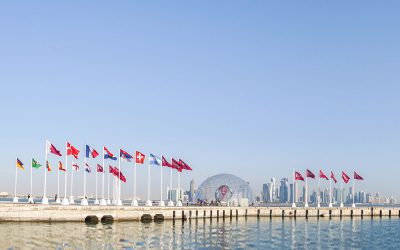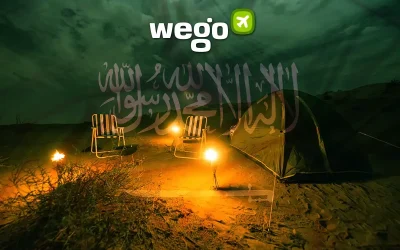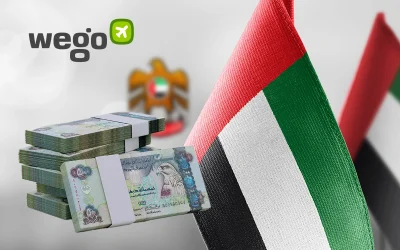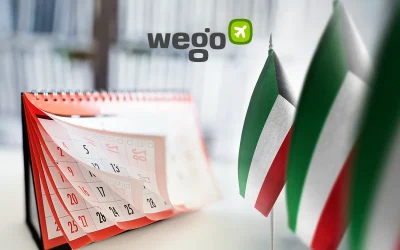A description of modern-day Bedouins could easily warrant the attention of numerous writers and books on the topic.
Like any group of seemingly enigmatic throwbacks to a bygone time, descriptions of the Bedouins are naturally prone to over-simplifications or incorrect parallels.
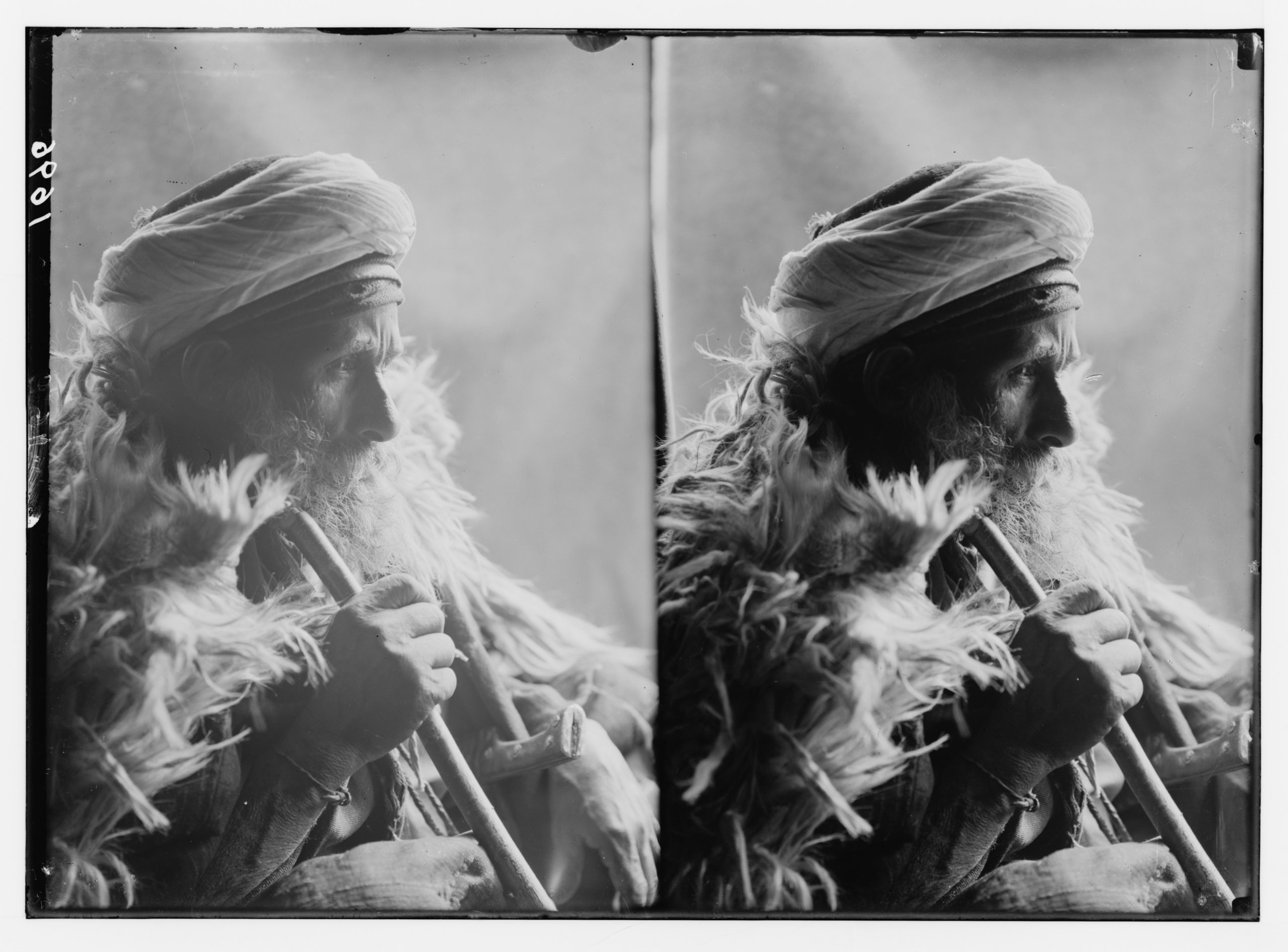
One the one hand, they can at first be seen to be similar to the Romani people of Europe, given their nomadic lifestyle. On the other hand, their insistence on sticking to their own ways in frequent contravention of “modern” norms and laws causes them to be compared to the Mafia.
While not wholly incorrect, I would say that both of these comparisons are very wide of the mark.
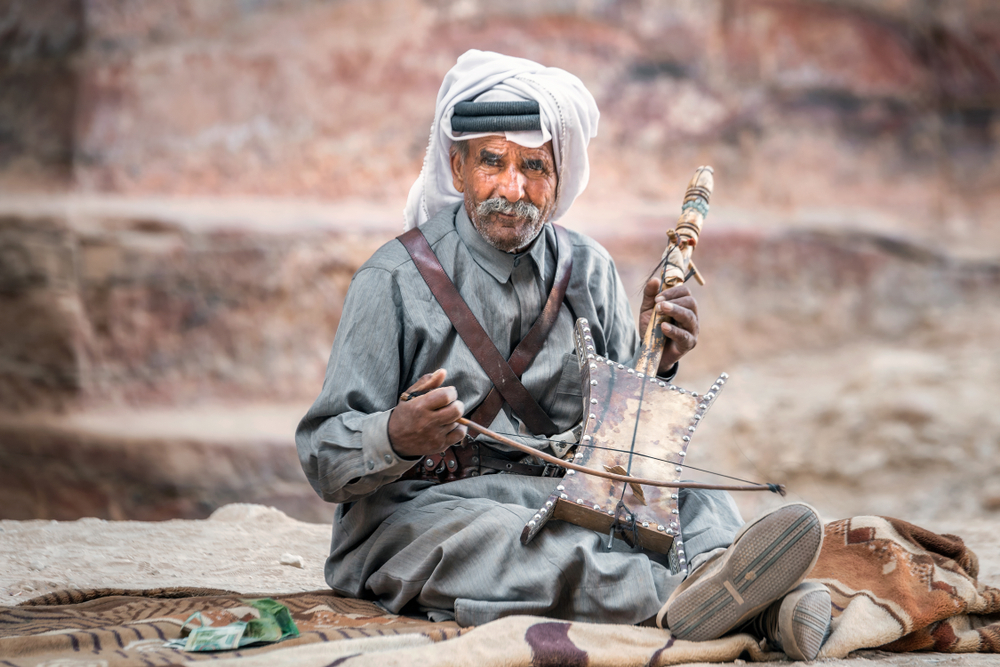
My first insight was when I first moved to Egypt well over a decade ago and heard a reference to “al-‘Arab” (the Arabs). Given that I heard this in the most populous Arab country in the world, I was somewhat bemused to hear of “Arabs” as a separate group. My bemusement was met with a reply along the lines of, “Yeah, but the Arab Arabs: the Bedouins”.
This expression, al-‘Arab can also mean Gulf Arabs, but mostly in Egypt it is meant to refer to the Bedouins, along the Arabic word “al-Badw”.
Over time it became clearer to me. The reason they are referred to as such is because they are the descendants of the original nomadic Arabs who never became urbanised. Prior to the early mediaeval period, all Arabs were essentially Bedouins with a few exceptions; their roots traced back to southern Arabia.
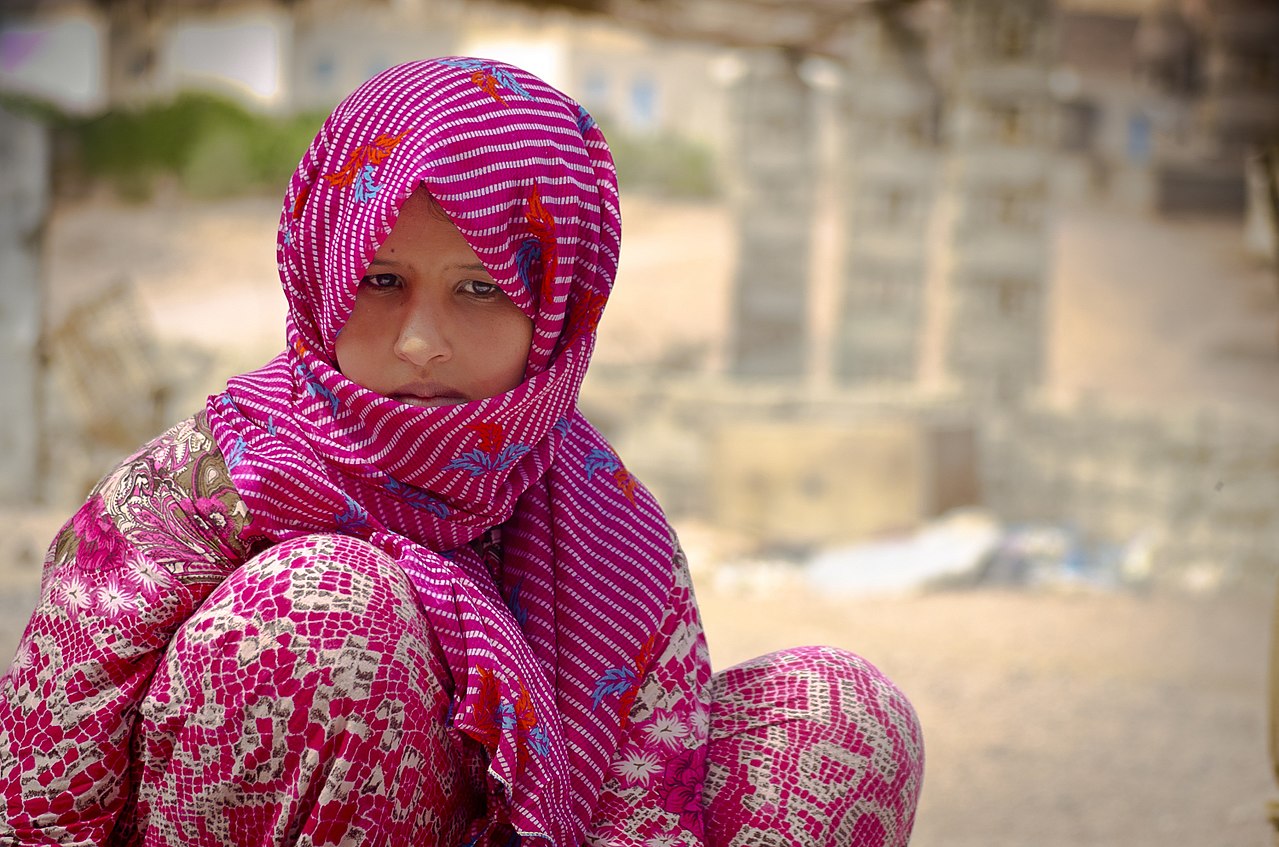
However, unlike the Romani, the Bedouins are not merely tolerated at arm’s length, nor is there a history of oppression of them; after all, who would dare? But they are likewise not a lawless group of criminals like the Mafia, even if some people dismiss them as such.
One way or another, a symbiosis exists between the Bedouins and the governments of the “Arab” nations they wander. For the most part, they are not registered in any way, so their numbers are difficult to ascertain.
While they retain to a great degree their nomadic ways, it can be easy to describe them as a more “organic” part of the Middle East than their urbanised cousins. However, this sort of talk is ill-informed and patronising.
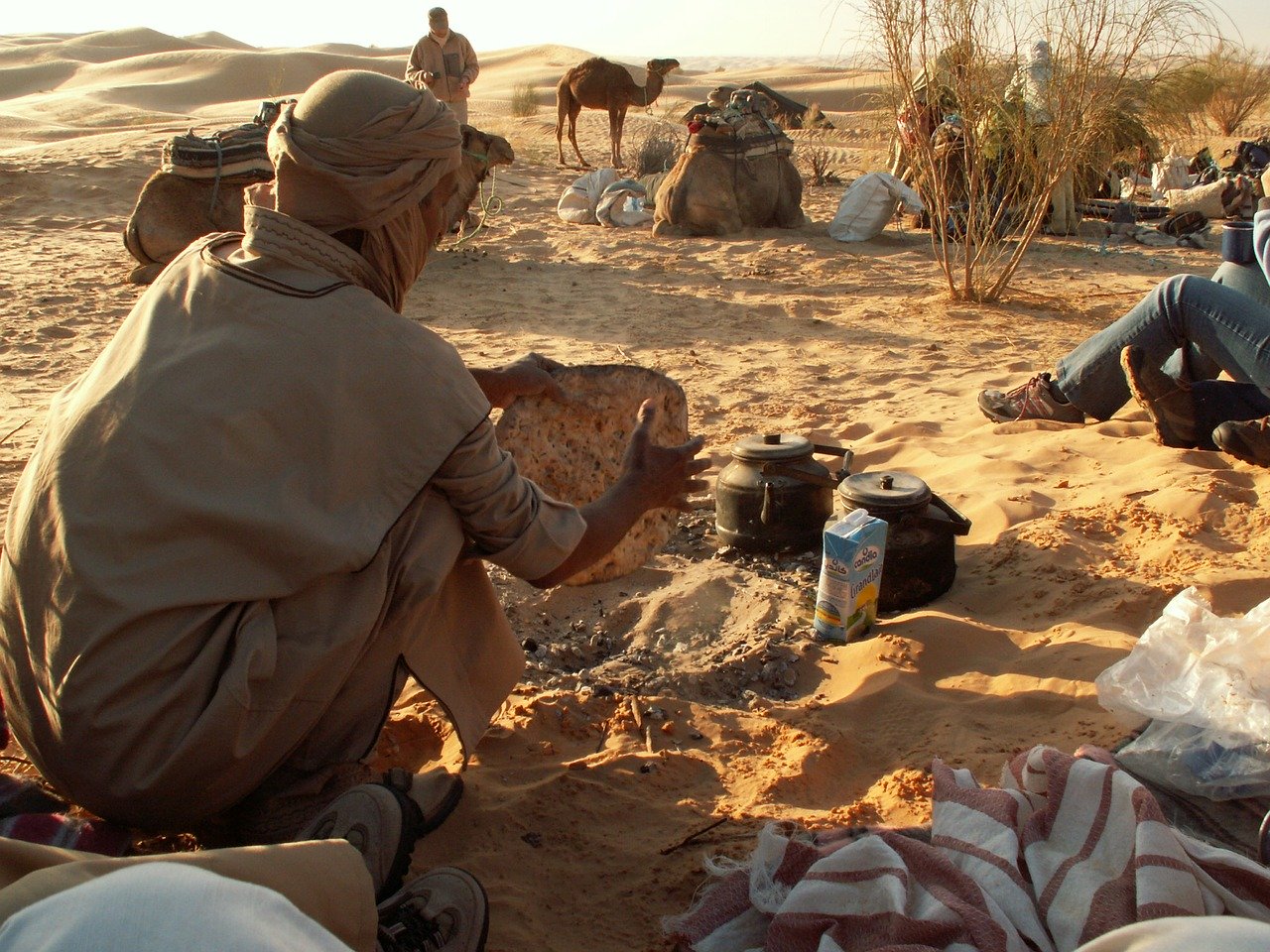
There exists an implicit red line between the Bedouins and the government. For example, despite hysterical news articles about Daesh-type terrorists infiltrating Sinai, the reason there has been no significant success is due as much to the presence of Bedouins as it is to the Egyptian security forces.

They do retain claim or ownership over certain lands, even if none of this is written into law. At the end of the day, if you want to build on Bedouin land, you need to come to terms with them. While many find this an annoyance, there is no doubting the fact that there is no better guarantee of safety than the presence of Bedouins.

It was the monks of the Greek Orthodox St Catherine’s Monastery in Sinai who perhaps were the first to realise this. Nestled deep within the mountains of Sinai, for centuries the Bedouins have stood guard over the monastery, and in return the monks provided them with food and other things that were hard to come by.
The same goes for much of Sinai, and indeed elsewhere in Egypt, where the Egyptian security forces, armed forces, and Bedouins maintain what appears to be an unspoken agreement.
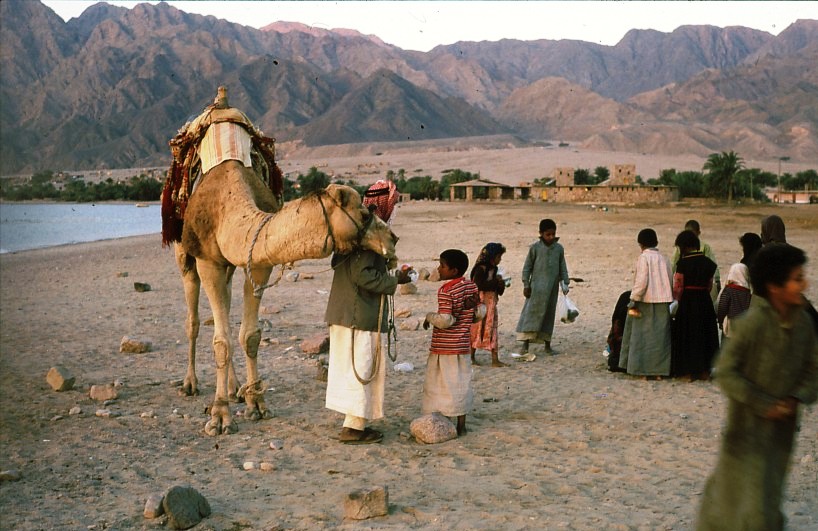
The Bedouins are enigmatic and hard to read, yet welcoming and hospitable. In some ways they are a law unto themselves, but a spoken agreement and a handshake mean more to them than written contracts.
As armed nomads more familiar with the land than anyone, one could be forgiven for thinking they are dangerous. But they protected a Greek monastery in the heart of Sinai for centuries based on a mutual relationship.
Indeed, they are a surer guard on the borders of Egypt than the army when it comes to certain undesirables.

They are living proof that being civilised and nomadic are not mutually exclusive. All they ask is to be left to their own devices and ways, and they reward respect with respect. They are, in short, the Arabs.



